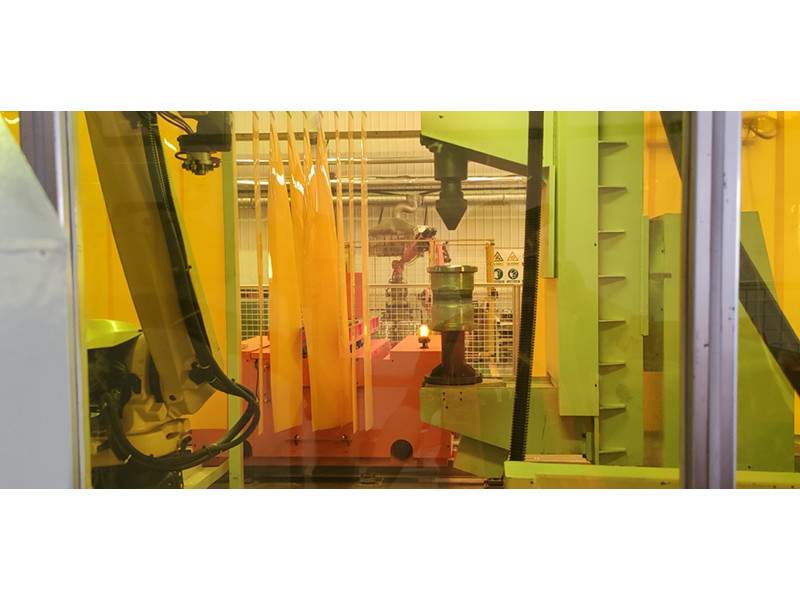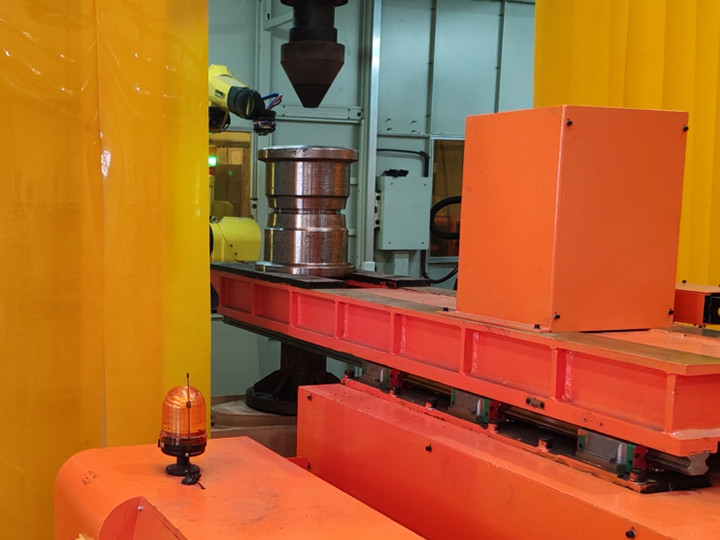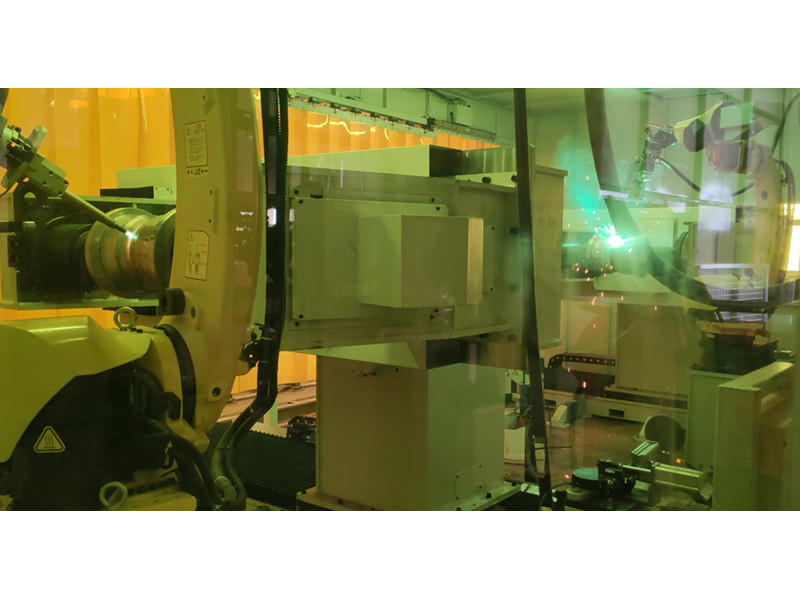A Comprehensive Analysis of Submerged Arc Welding: Working Principle, Core Advantages, and Application Scenarios
As an arc welding technique widely used in modern industry, submerged arc welding has become the preferred method for thick - plate welding and the manufacturing of large - scale structural components, thanks to its high - efficiency, stable, and high - quality welding characteristics. The following analysis will be carried out from three aspects: working principle, technical advantages, and industrial applications.
The core of submerged arc welding is to achieve the fusion of metal materials through the thermal effect of the arc. The process is divided into three key steps:
1. Arc Formation: When the welding wire contacts the workpiece and is energized, a closed circuit is formed. When a potential difference occurs between the welding wire and the workpiece, the arc breaks down the gap, resulting in high - temperature discharge with a temperature reaching thousands of degrees Celsius. The heat released by the arc melts the end of the welding wire, the base metal, and the granular flux.
2. Formation of the Molten Pool and Weld: The melted welding wire and base metal form a liquid metal molten pool. The molten flux covers the surface of the molten pool, forming a slag shell to isolate it from air pollution. As the arc moves forward, the liquid metal fills the weld under the action of the arc force. After cooling, a dense and uniform welded joint is formed.
3. Automated Control: A wire - feeding device driven by an electric motor is used to ensure the stable feeding of the welding wire in synchronization with the melting speed. At the same time, the flux is automatically spread through a funnel to achieve continuous welding.
II. Core Advantages of Submerged Arc Welding
1. High Efficiency and High Penetration: Submerged arc welding uses a large current (usually 300 - 2000A). Combined with the heat - insulating effect of the flux, the thermal efficiency is increased to 60% - 80%, and the single - pass penetration can reach over 20mm. Taking the butt welding of 8 - 10mm steel plates as an example, the welding speed can reach 50 - 80cm/min, far exceeding that of manual arc welding.
2. Stable Welding Quality: The slag shell formed by the flux on the surface of the molten pool not only prevents oxidation but also adjusts the composition of the weld through metallurgical reactions, reducing defects such as pores and cracks and significantly improving the mechanical properties.
3. Environment - Friendly: During the welding process, the smoke emission is reduced by more than 70% compared with other arc welding methods, meeting the environmental protection requirements of modern industry.
4. Adaptability to Complex Working Conditions: Through multi - wire welding, flux - cored wire, or steel strip replacement technology, it can flexibly meet the welding requirements of thick plates, curved surfaces, and special materials.
III. Application Areas of Submerged Arc Welding
Due to its technical characteristics, submerged arc welding is widely used in the following fields:
1. Heavy Equipment Manufacturing: Welding of bridge steel structures, construction machinery (such as cranes and excavators), and the frames of railway vehicles to ensure high - strength connections.
2. Energy and Chemical Equipment: Welding of pressure vessels in nuclear power plants, oil storage tanks, and chemical pipelines to meet the requirements of high - temperature resistance and corrosion resistance.
3. Shipbuilding and Ocean Engineering: Welding of ship decks, hull sections, and offshore platform structures to adapt to the efficient connection of large - thickness steel plates.
4. Special Material Processing: Used for welding materials such as nickel - based alloys and stainless steels. The performance of the weld is optimized through metallurgical fluxes.


